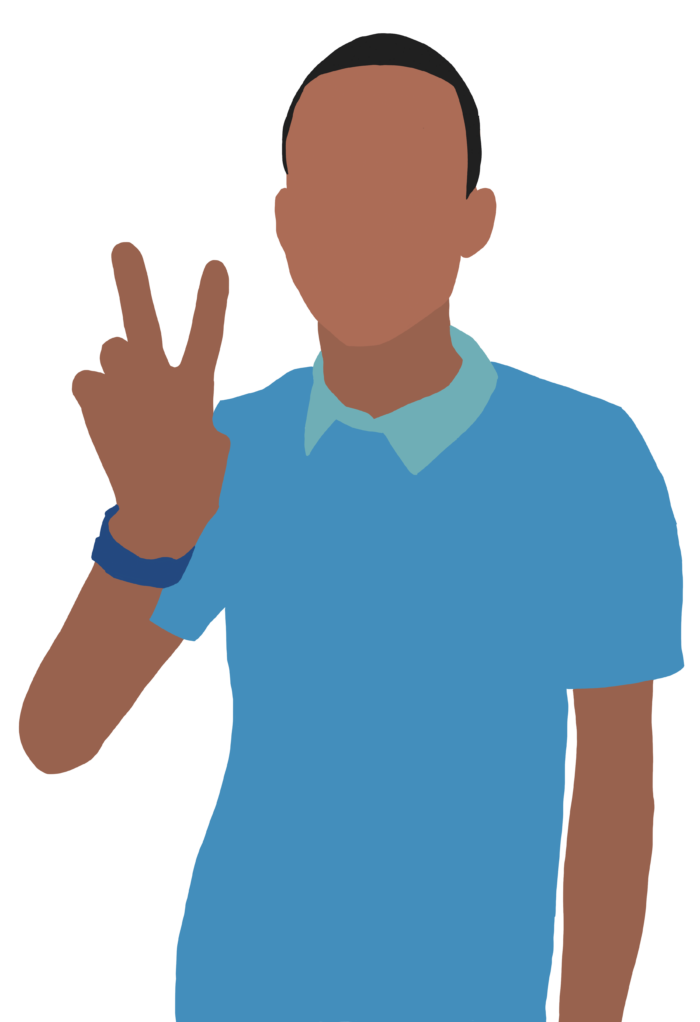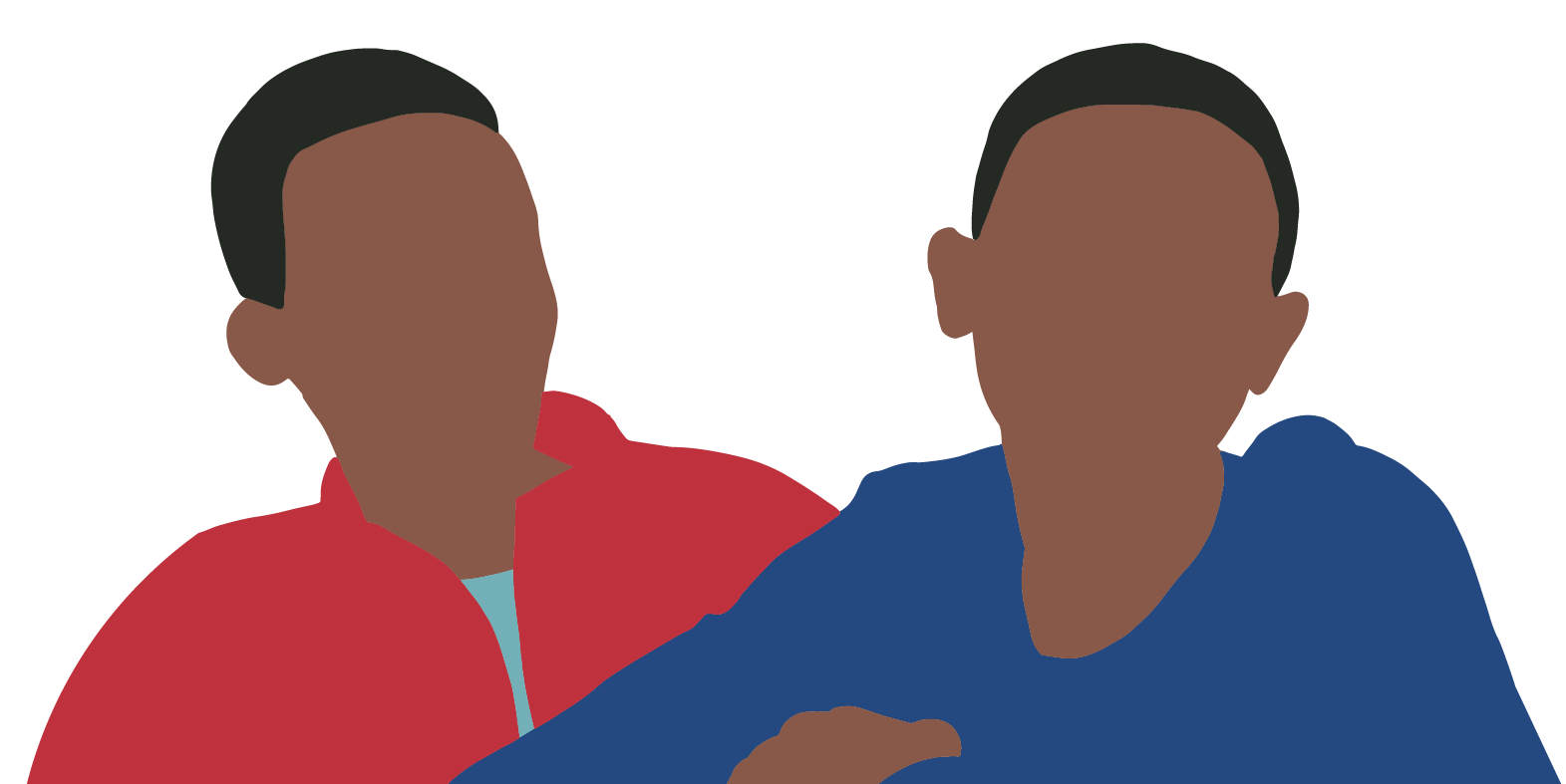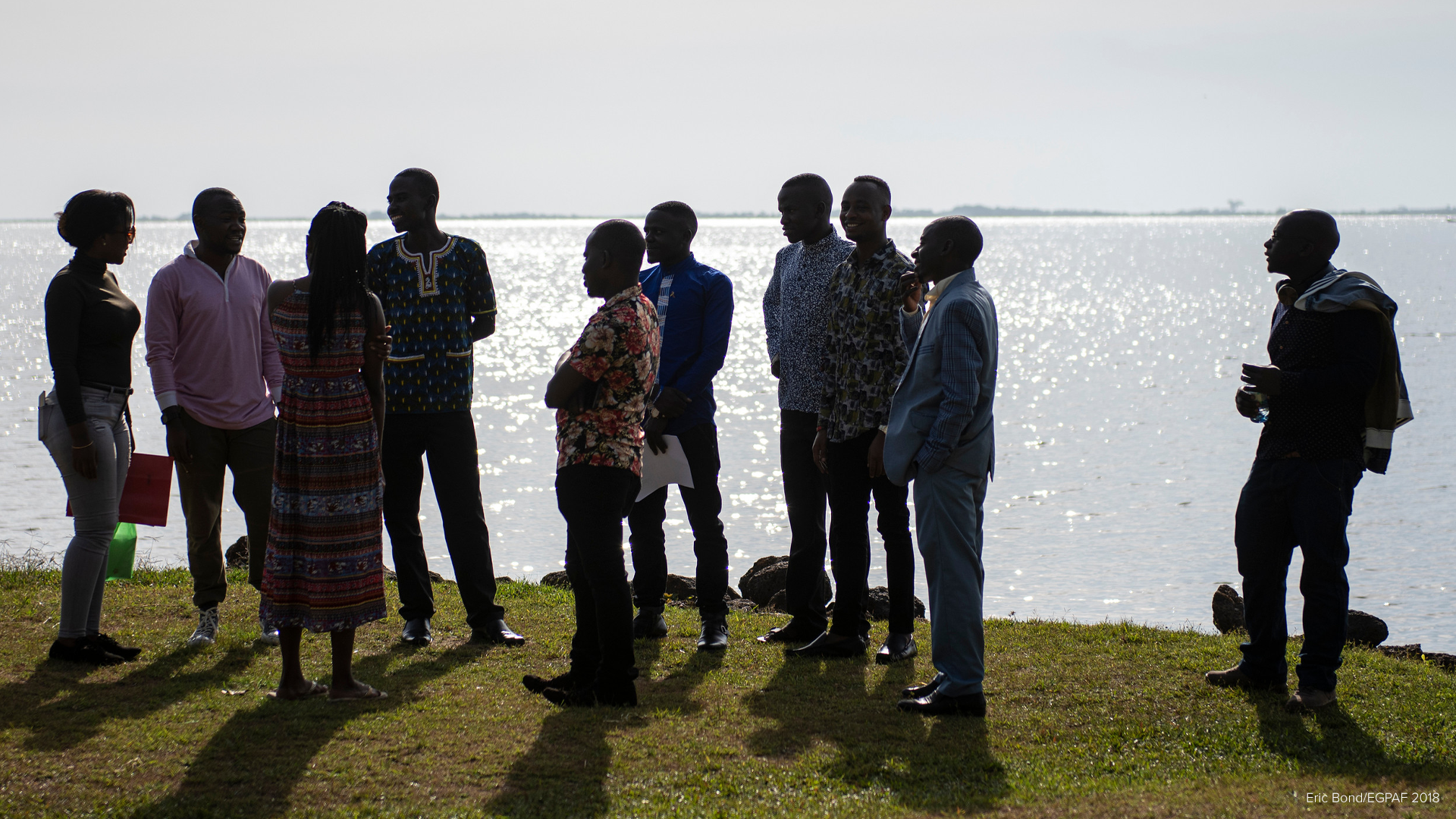Gito is a 22-year-old art student living in Mozambique who uses his life experience to help other men seek HIV testing and treatment.

As a child, Gito was frequently ill, often manifesting as open sores. When he was 16, Gito’s mother died, which caused him anguish, naturally. It also inadvertently led to a deterioration of his health. As it turns out, Gito’s mother was aware that Gito is living with HIV, but she had not told him. She had, however, made sure that he took his antiretroviral mediation. Without her around, sometimes he forgot to take it.
“I started to get sick, very sick,” says Gito. “My sister took care of me; she gave me medication—which until recently, I thought was just to heal the sores. When I didn’t take the medication, the wounds got worse. There was even a moment when I started wearing a hoodie to hide the wounds,” he sighs.
“One of those times, I was so sick that my sister took me to the hospital to have a checkup,” says Gito. “That’s when I realized that we were positioned in the place where people with HIV waited. I asked her why we were there, and she said that if I really wanted to get better, I had to be there.”
“That’s how I found out that the wounds that had been consuming me since childhood were due to HIV.” Gito says that at that moment, he also realized that none of his siblings share his status.
“It’s hard to be in my skin,” says Gito, “knowing that I am the only one who got infected.”
Pursuing Treatment, Fighting Discrimination
 Once he learned about his HIV status, Gito took control of his treatment. He went to the hospital as required and discovered the youth-and-adolescent-friendly service program, where he met others his age and made friends. But outside the hospital, Gito faced discrimination.
Once he learned about his HIV status, Gito took control of his treatment. He went to the hospital as required and discovered the youth-and-adolescent-friendly service program, where he met others his age and made friends. But outside the hospital, Gito faced discrimination.
“They were afraid of being contaminated by my wounds,” he says. “So I started to explain to people about my wounds first and then about HIV, such as ways to catch the virus and how to prevent it.”
“This is how my passion for the work I do today [as a mentor and educator] was born, awakening great pride.”
“Through the youth-and-adolescent-friendly service, I found a perfect place where I can tell my story to motivate others to know their status and comply with their antiretroviral treatment. There, I talk about HIV without taboos. I give lectures and talk to people who are in the same state as I am.”
Today, Gito is a strong young man with an undetectable viral load. He confided to us that he is dating, and his partner has accepted his HIV status. His undetectable status makes it virtually impossible for him to transmit HIV.
“The first step is self-acceptance,” says Gito. “When you accept yourself, others cannot reject you.
*Why do we use illustrations? Sometimes people agree to share their story but are uncomfortable with also sharing their image due to stigma and/or privacy concerns. In these cases, we use illustrations to help tell the story while protecting the privacy of the individual. Illustrations are not meant to depict a specific person.




